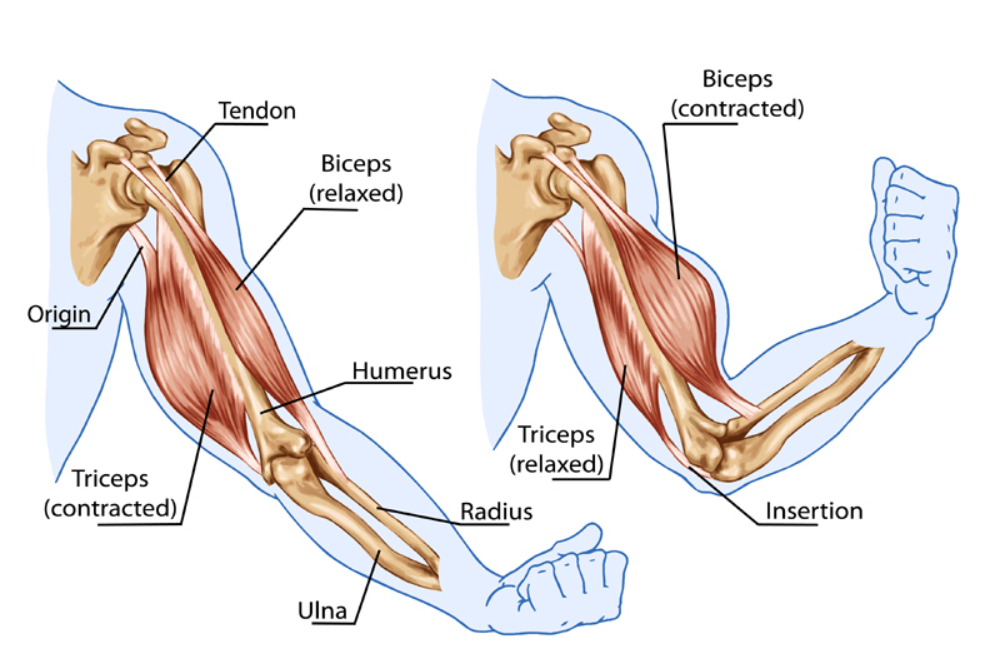
 Please Note: This is part of a series of related topics. Use the quick menu above to navigate within this section.
Please Note: This is part of a series of related topics. Use the quick menu above to navigate within this section.In this lesson, we define key muscle pairings and explain how this knowledge can inform class planning and teaching.
Objective
Acquire knowledge of key agonist/antagonist muscle pairs in major joint movements, and name poses that utilize them.
Description
Name the agonist and antagonist muscles and give an example of a pose that utilizes each of these movements: elbow flexion & extension, shoulder flexion & extension, shoulder abduction & adduction, shoulder medial rotation & lateral rotation, spinal flexion & extension, hip flexion & extension, hip abduction & adduction, hip medial rotation & lateral rotation, knee flexion & extension, ankle dorsiflexion & plantarflexion, wrist flexion & extension. Explain how awareness of these muscle pairings impact students and provide examples of how this knowledge can inform sequencing and class planning.
To view this page and thousands more, we invite you to join Yoga Teacher Central, serving teachers since 2012.
You'll get instant access to a massive, organized library of practical and time-tested lessons, plans, and support for yoga teachers and trainers.
The entire site is member-supported and ad-free.